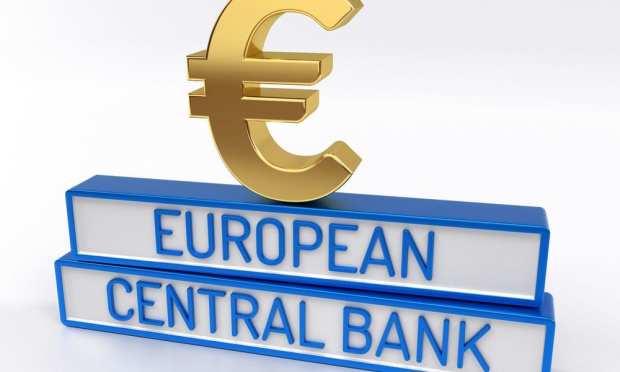ECB Looks To Ramp Up Bank Lending

Generally speaking, central banks hike rates when economic growth threatens to overheat, when inflation threatens to drive up the cost of living beyond desirability.
And generally speaking, central banks seek to boost bank lending if they see, or foresee, a bit of clogged system in hand, where capital flows are needed to sustain economic growth, to keep companies healthy, so that they in turn can continue to keep workers on payroll. Better credit terms, goes the thinking, means the economy can keep humming.
Simplistic sentiments above, but the European Central Bank (ECB) this week said it is putting in place the latest prong of a program that will give a tailwind to lending activity in the Euro zone.
“A new series of quarterly targeted longer-term refinancing operations (TLTRO-III) will be launched, starting in September 2019 and ending in March 2021, each with a maturity of two years,” the ECB said.
The TLTO, as CNBC reported, exists as a loan the central bank offers to other banks, notably cheap and aimed getting banks to lend. The mechanics are such that if the banks that take on TLTO from the ECB in turn put that money to work in the economy, they get cash and do not have to pay interest on the loans.
The Thursday March 7) announcement marks the third time the loans are being introduced into the economy at large. It’s being titled TLTO III, said the news site. The TLTOs have been spaced out, having first debuted in 2014, and bowed again in 2016.
The news comes amid concerns of a slowdown in the Europe, and where ECB President Mario Draghi has said that “the persistence of uncertainties related to geopolitical factors, the threat of protectionism and vulnerabilities in emerging markets appears to be leaving marks on economic sentiment.”
Growth rates for the economy, the ECB said, are likely to be an anemic 1.1 percent.
In addition, the ECB said interest rates will remain unchanged, where lending rates are at 25 basis points, with deposit rates 40 basis points. Rates will be at “present levels” through at least the end of the year, where not long ago rate hikes had been expected.
